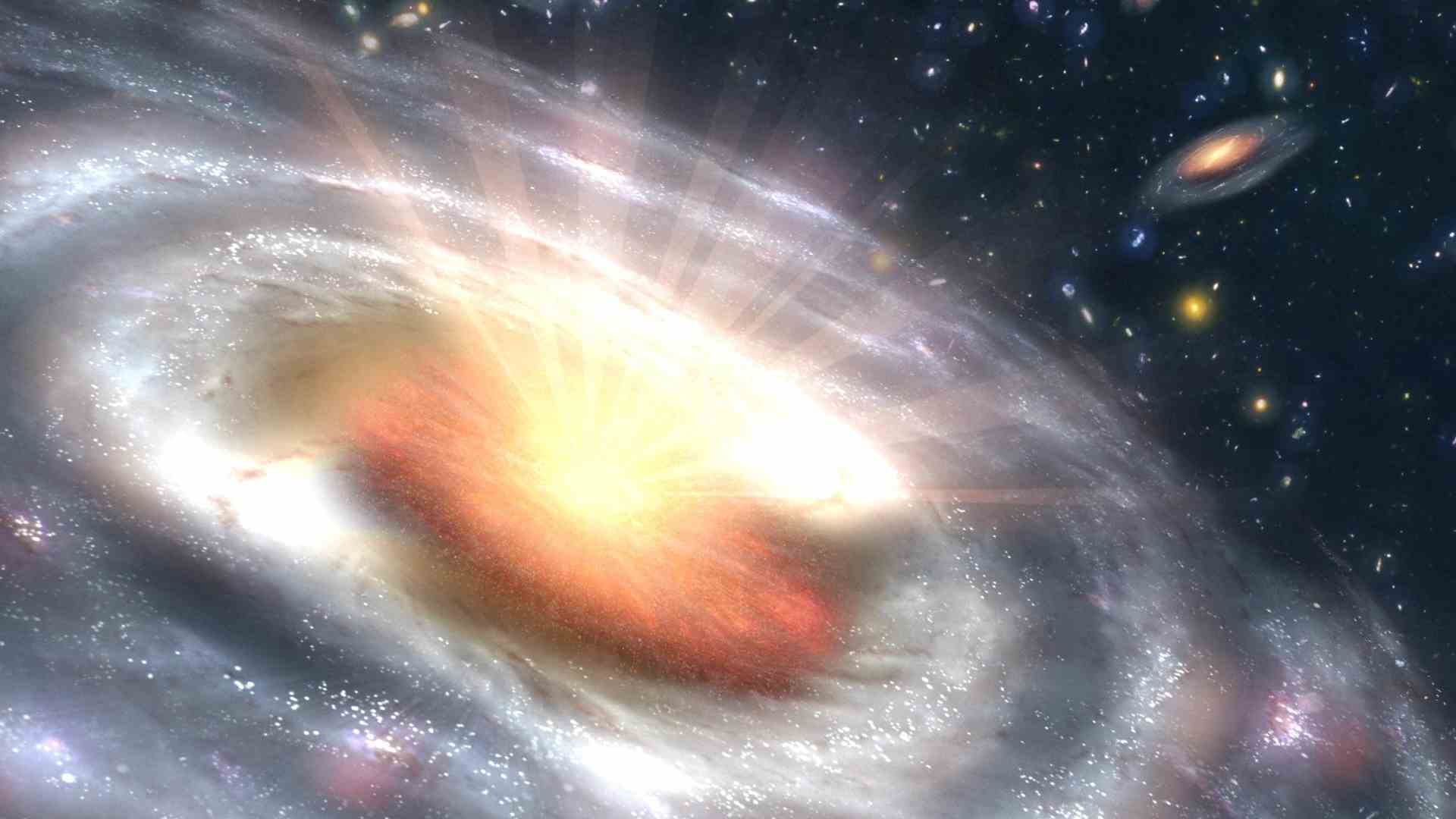Physicists have recently announced the construction of what they are calling the first-ever “black hole bomb,” a concept that, despite its dramatic name and origins in the late 1960s, represents a fundamentally harmless demonstration of scientific principles.
As detailed by New Scientist, the underlying idea involves extracting energy from a black hole and then containing it using mirrors to ultimately produce an explosion. However, the recent achievement by the research team is a benign laboratory experiment that does not involve an actual black hole capable of causing planetary destruction.
Far from being a weapon intended for interstellar conflict, the primary objective of this research is to gain a deeper understanding of how black holes influence the very fabric of space-time, causing it to rotate and accelerate around them. This phenomenon was initially theorized by physicist Roger Penrose in 1969.
Building upon this foundation, in 1971, the Belarusian physicist Yakov Zel’dovich proposed a rotating system to explore the possibility of extracting rotational energy from a black hole by leveraging the extreme conditions within it, all while adhering to the fundamental laws of energy conservation.
Theoretical calculations suggest that, on the scale of a real black hole situated light-years away, the energy generated and released through such a process could be comparable to that of a supernova.
In their latest experimental work, outlined in a draft paper currently undergoing peer review, Professor Hendrik Ulbricht, a physics professor at the University of Southampton and a co-author of the study, along with his colleagues, investigated the “Zel’dovich effect.” Their experimental setup utilized a cylindrical mirror designed to amplify energy and create a positive feedback loop.
Professor Ulbricht initiated the early stages of this proof-of-concept research in 2020, during the widespread COVID-19 lockdowns. He constructed an initial setup using a rotating aluminum cylinder and magnetic fields.
“Everything was closed, and I was really bored, and I wanted to do something, so I built the setup and started to do these experiments, and I saw amplification,” he shared with New Scientist. “I was so super excited that, actually, you could say it rescued me during COVID.”
Subsequently, with the formation of a dedicated team, the researchers expanded upon his initial concept, employing rapidly rotating magnetized metal coils around a cylinder. Remarkably, this setup resulted in a magnetic field stronger than the one they initially introduced.
“You throw a low-frequency electromagnetic wave against a spinning cylinder; who would think that you get back more than what you threw in?” commented University of Lisbon physics professor Vitor Cardoso, who was not involved in the research, to New Scientist. “It’s totally mind-boggling.”
Intriguingly, even when the coils were not actively generating a magnetic field, the experimental setup still produced a detectable signal. This observation suggests that the experiment provides empirical support for existing theories concerning the behavior of energy in the vicinity of a black hole.
“We’re basically generating a signal from noise, and that is the same thing that happens in the black hole bomb proposal,” Professor Ulbricht explained to New Scientist.
The research team anticipates that their findings could provide valuable insights into the mechanisms by which black holes energize nearby particles. Furthermore, they hope that this work could potentially shed light on the nature of dark matter, the enigmatic substance believed to constitute approximately 27 percent of the universe’s total matter.
While the prospect of harnessing energy from a real black hole, or even capturing or creating one, remains a distant goal, the team believes that their current research represents a significant initial step in that direction.
In their paper, the researchers concluded, “A challenge for the future remains the observation of spontaneous [electromagnetic] wave generation and runaway amplification seeded from the vacuum. However, based on the results presented here, this now remains a purely technological (even if very hard) feat.”
Reference: https://arxiv.org/abs/2503.24034
